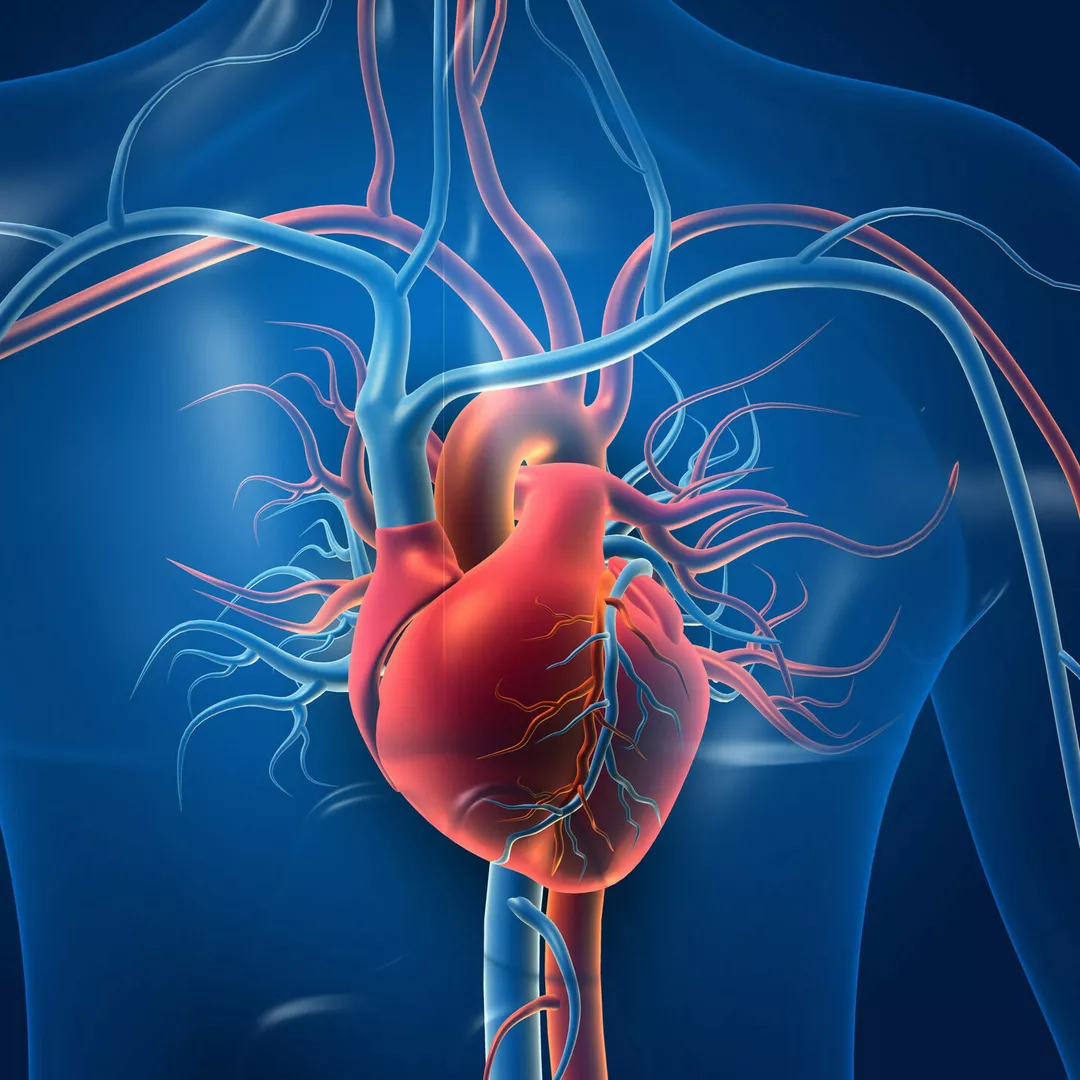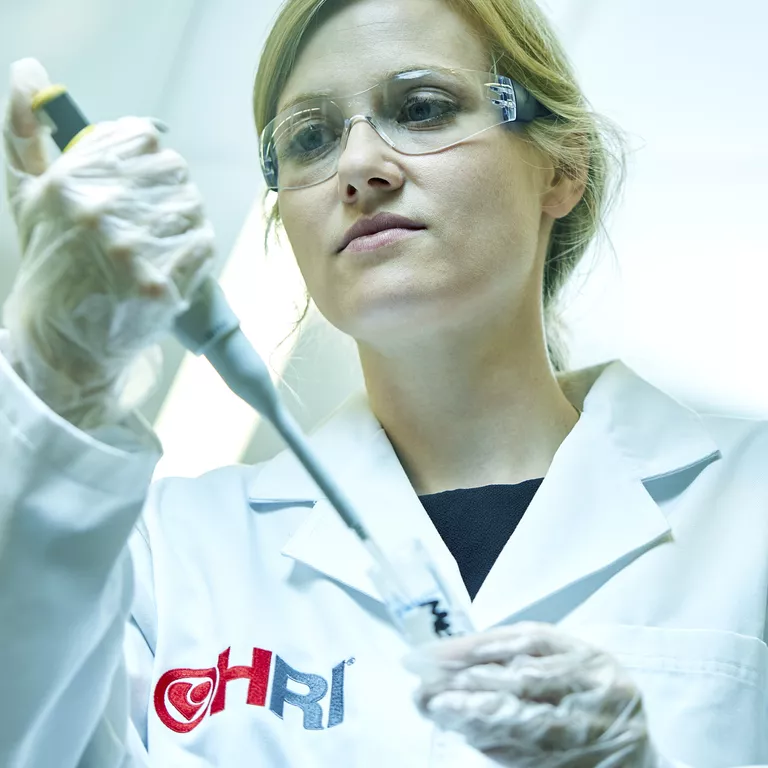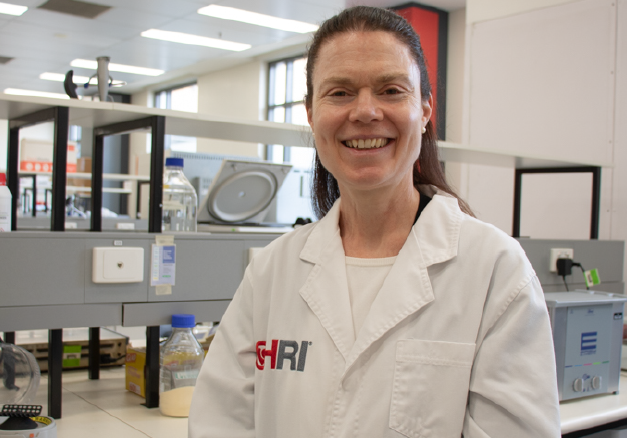Cardiovascular disease definition
Cardiovascular disease (CVD) refers to all the diseases of the heart and circulation, including coronary heart disease, atrial fibrillation, heart attack, congenital heart disease, heart failure and stroke.
The cardiovascular system is also known as the circulatory system. It consists of the heart and all the blood vessels in the body (arteries, veins and capillaries), and it supplies the body with oxygen- and nutrient-rich blood.
CVD can affect any part of the cardiovascular system, and symptoms may not always be visible. Different CVDs may develop at the same time or lead to other CVDs. For example, people with atrial fibrillation are at greater risk of suffering a stroke.
What causes cardiovascular disease?
There is no singular cause of CVD. However, the primary cause of CVD is atherosclerosis – the build-up of fatty plaques on the walls of the arteries. These plaques are made up of fat, cholesterol, calcium and other substances. Over time, the plaques harden, narrowing the opening of the arteries and restricting blood flow. These atherosclerotic plaques can break, forming a thrombus (blood clot) that can further limit, or even block the flow of blood throughout the body.
Atherosclerotic plaque
There are two types of atherosclerotic plaque: stable and unstable.
Stable plaques can lead to a narrowing of the arteries over time, eventually so much so that they restrict blood flow. This type of plaque can be detected and treated.
Unstable plaques have a tendency to rupture even before they are large enough to obstruct blood flow, and this can lead to a blood clot. These plaques can be dangerous because they can cause a sudden blockage to blood flow in the body with no warning. There are currently no simple, non-invasive tests available to specifically detect unstable plaque.
The primary cause of CVD is atherosclerosis - the build-up of fatty plaques on the walls of the arteries that over time hardens, narrowing the opening of the arteries and restricting blood flow.
Cardiovascular diseases
Some of the most common cardiovascular diseases include the following.
- Abnormal heart rhythms: Atrial fibrillation, where the heart beats irregularly or rapidly, is one example.
- Acute coronary syndrome: This covers all situations where blood supply to the heart is blocked.
- Congenital heart disease: The most common type of birth defect, congenital heart disease is a general term for problems with the heart’s structure that are present from birth, such as single-ventricle congenital heart disease (Fontan-CHD).
- Heart attack: Also known as myocardial infarction, heart attack occurs when the heart is deprived of oxygen due to a blocked artery. A heart attack can lead to death.
- Heart failure: This is when the heart does not work as well as it should in pumping blood and oxygen around the body. A “stiff” type of heart failure called heart failure preserved ejection fraction (HFpEF), where the heart cannot relax properly, is the most common type.
- Peripheral artery disease: Also known as peripheral vascular disease, this is when the narrowing of arteries results in reduced blood flow to parts of the body outside of the heart or brain, such as the legs and feet.
- Preeclampsia: Preeclampsia is high blood pressure that occurs during pregnancy and the postpartum period. It affects both the mother and unborn baby, and can lead to maternal and infant death.
- Stroke: Stroke occurs when the blood supply to the brain is suddenly cut off, such as by a blood clot blocking an artery to the brain. Stroke is a leading cause of disability globally.
Cardiovascular disease symptoms
CVD can cause symptoms anywhere in the body. However, some symptoms and risk factors can be “silent”, and people may be unaware they have CVD. For example, high blood pressure may initially cause no symptoms.
Symptoms of CVD depend on the specific condition, but the most common symptoms of an underlying problem with the heart or cardiovascular system include:
- pain or pressure in the chest
- pain or discomfort in the arms, jaw or back
- shortness of breath
- nausea
- fatigue
- dizziness or light-headedness
- cold sweats.
Symptoms of CVD can also differ between men and women. For example, men are more likely to have chest pain, while women are more likely to show other symptoms, such as shortness of breath and nausea.
Speak to your doctor if you are concerned about any of these symptoms.
What is the impact of cardiovascular disease?
CVD is New Zealand’s – and the world’s – number 1 killer.1, 2 Every 90 minutes, one New Zealander dies from CVD. That’s 16 deaths every day.2
With one in 21 adult New Zealanders being affected by CVD, someone you know – or maybe even yourself – has been touched by CVD.3
The wide reach of CVD doesn’t stop there. As a major cause of death and disability in New Zealand, CVD places a huge burden on the economy as well as the healthcare system.
Frighteningly, in recent years the number of people dying or suffering disability from CVD globally has been increasing. This is in part due to the increasing prevalence of ‘lifestyle diseases’ such as obesity and diabetes – major risk factors for CVD.
Risk factors for cardiovascular disease
The risk factors that can be changed or managed include the following.
- High blood pressure: High blood pressure can overload the heart and arteries and speed up atherosclerosis. High blood pressure can be managed through dietary changes such as lowering salt intake. Medications are also available.
- High cholesterol: High levels of the “bad” cholesterol (LDL cholesterol) can add to the build-up of plaque in the arteries. High cholesterol can be managed through medication and dietary changes.
- Inactivity: Being inactive can contribute to being an unhealthy weight and increase the risk of other risk factors like high blood pressure and cholesterol levels. It’s also important to stay active after a CVD diagnosis.
- Obesity: Being overweight or obese can increase the risk of a number of health problems, including other CVD factors like high blood pressure and high cholesterol. Eating a healthy diet and getting regular exercise can help you get to and maintain a healthy weight.
- Diabetes: People living with diabetes are over twice as likely to develop CVD. In some cases, diabetes can be managed through diet and a healthy lifestyle.
- Poor nutrition: A diet high in saturated fat, trans fat, LDL cholesterol, salt and sugar can contribute to being an unhealthy weight. Try to eat a balanced, nutritious diet.
- Smoking: Smoking can increase the risk of CVD by damaging the arteries. It also affects blood flow through the arteries and can make blockages more common. Smokers are twice as likely to have a heart attack.
- Stress: Ongoing stress can damage the arteries and worsen other CVD risk factors.
Making lifestyle changes such as these can prevent up to 80 per cent of premature CVD, stroke and diabetes.6
Cardiovascular disease risk factors you cannot change
There are some risk factors for CVD that cannot be changed, so it’s important to keep an eye on your heart health if any of these factors are present.
- Increasing age: The risk of CVD increases with age. More than one in four people over the age of 75 have CVD.4
- Gender: Men are slightly more at risk of CVD than women, but CVD is still a leading cause of death and disability in women. CVD risk in women can also be under-recognised and under-treated, and there are several heart health mistakes women can avoid. The CVD risk for women also increases after menopause.
- Family history of CVD: If a close family member, such as a grandparent, parent or sibling, has CVD, there may be an additional risk. This is especially true if a parent developed CVD at an early age.
- Ethnicity: Māori people are at increased risk of CVD.
Cardiovascular disease prevention
To help prevent CVD and the risk of heart attack and stroke, it’s important to have regular heart health checks with your doctor. The earlier that CVD is detected, the earlier that it can be treated and managed, perhaps preventing a more severe health issue.
During a heart health check, your doctor can determine your overall risk of CVD by considering a number of factors, including whether you have any of the lifestyle risk factors, such as high cholesterol levels and whether you smoke. They will also consider your family history of CVD, ethnicity, age and gender, as well as any other health conditions that you may have.
Your doctor will then use treatment guidelines to advise interventions you can take to reduce your risk, which may include medication.
Simple steps to prevent cardiovascular disease
Regardless of the outcome of a heart health check, there are simple steps everyone can take to improve heart health and decrease the risk of CVD.
- Eat a heart-healthy diet that includes a variety of fruit, vegetables, wholegrains and healthy protein sources.
- Limit the amount of processed foods eaten, and check their nutrition labels. These foods can contain high amounts of saturated fat, trans fat, LDL cholesterol, salt and sugar that can be detrimental to health.
- Avoid sugary drinks and stay well-hydrated with water instead.
- Choose healthier sources of fat, such as nuts, seeds and avocados.
- Make exercise or physical activity a regular part of your day. Aim for at least 30 minutes of moderate-intensity physical activity on most days, but being active for any amount of time is better than none.
- Maintain a healthy weight through regular exercise and a balanced diet.
- Limit alcohol intake. Drinking too much alcohol can raise the levels of some fats in the blood, reduce our HDL “good” cholesterol and increase blood pressure, all risk factors for CVD.
- Quit smoking. Quitting smoking may be difficult, but doing so can greatly reduce the risk of CVD.
How is HRI fighting cardiovascular disease?
HRI conducts groundbreaking research across a broad range of cardiovascular-related topics, in our mission to reduce the number of people who die from CVD and to offer a better life for those already suffering from the disease by developing new treatments and medical devices.
Our Cardiovascular-protective Signalling and Drug Discovery Group is investigating how to repurpose existing drugs for next-generation CVD therapy.
Our Heart Rhythm and Stroke Prevention Group is investigating strategies to screen for atrial fibrillation in the general population, to prevent associated stroke.
Our Atherosclerosis and Vascular Remodelling Group aims to identify and gain insights from the genetic and molecular pathways involved in CVD.
References
- World Health Organization; Cardiovascular diseases (CVDs). www.who.int/en/news-room/fact-sheets/detail/cardiovascular-diseases-(cvds)
- Ministry of Health. Mortality 2016 Data Tables
- Ministry of Health. Annual Data Explorer 2017/18: New Zealand Health Survey.
- World Health Organization; Noncommunicable diseases (NCD). www.who.int/gho/ncd/en/
- Ministry of Health. Cardiovascular Disease www.health.govt.nz/our-work/populations/maori-health/tatau-kahukura-maori-health-statistics/nga-mana-hauora-tutohu-health-status-indicators/cardiovascular-disease



